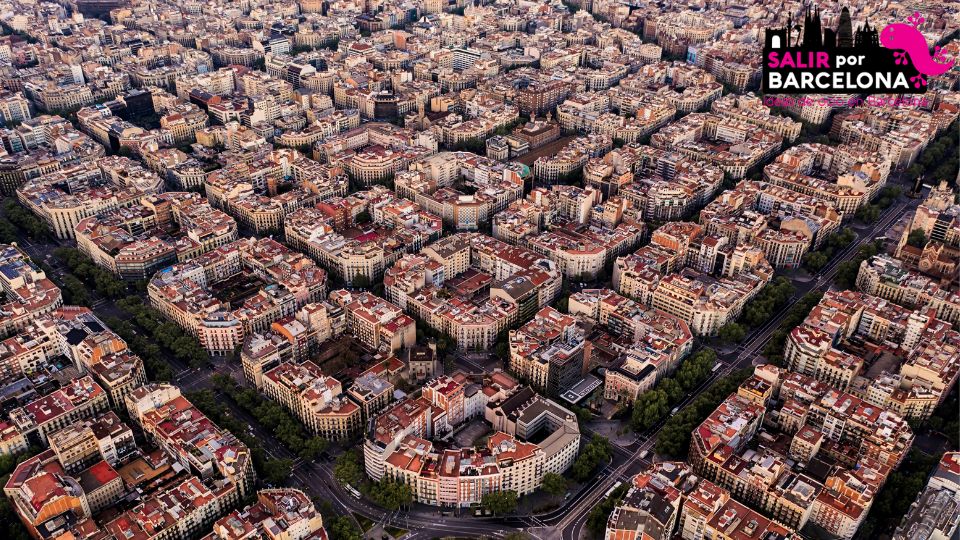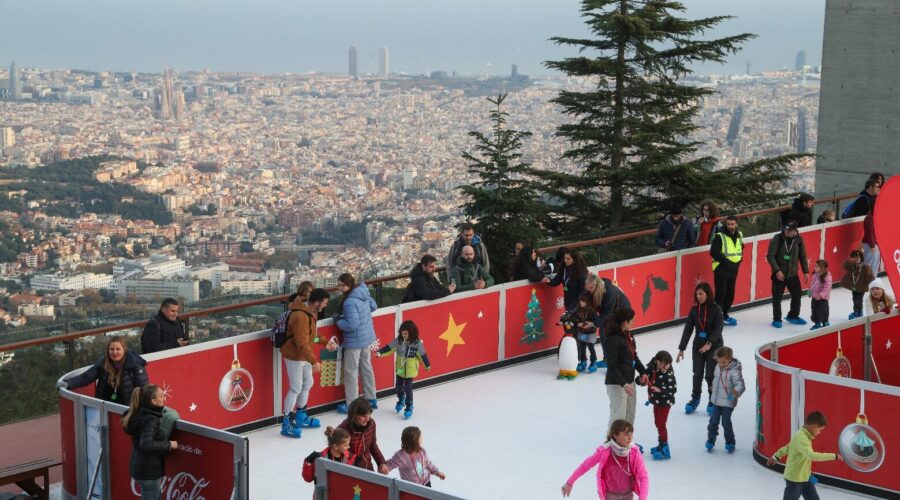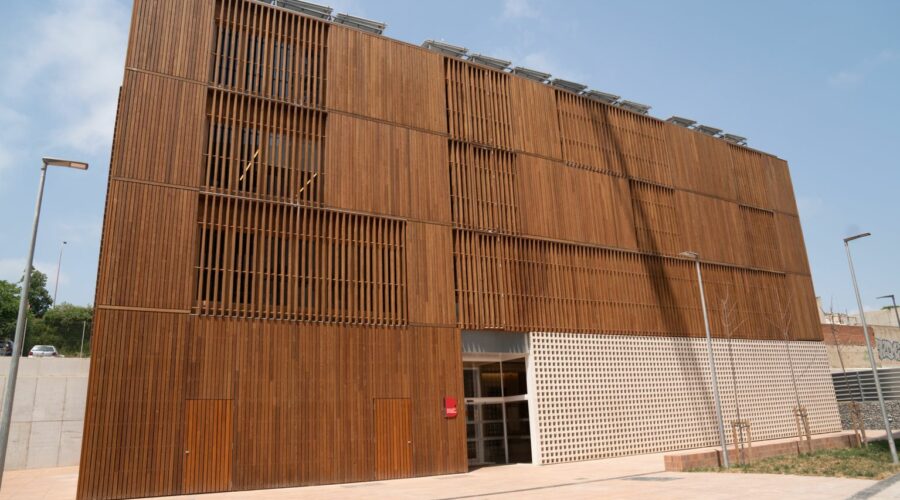This district of Barcelona combines data that seem contradictory and yet coexist in a unique way. With only 2.01 square meters of green per person and alarming levels of nitrogen dioxide that exceed the limits recommended by the World Health Organization (WHO), one would expect the quality of life to be low. However, women born here have a life expectancy of 87.5 years, comparable to that of Japan, a flagship country in this regard.
 A district with ups and downs
A district with ups and downs
The report presented last week at the district’s plenary session reveals a complex picture. Despite the deficiencies in terms of green spaces and high pollution, the Eixample has an unemployment rate bordering on full employment. In neighborhoods such as l’Esquerra de l’Eixample, unemployment is only 4.1%. However, this positive figure is tempered by the difficulties of accessing the real estate market in this area, where the price per square meter is 4,752 euros, almost as high as in Sarrià-Sant Gervasi.
Muntaner Street in Barcelona
The Eixample is also the district with the highest concentration of tourist apartments in the city, with 4,467 apartments for this purpose, and has a stock of 38,771 homes inhabited by a single person, mostly elderly women, which further increases the already impressive life expectancy. However, despite this positive data, the possibility of staying in the Eixample throughout one’s life is more the exception than the rule, given the high cost of housing.
More pets than children
One of the most striking aspects of the report is the low birth rate in the district. Currently, there are 8,083 children between the ages of zero and four in the Eixample, while the number of registered pets exceeds that figure, with 12,093 companion animals. This uniqueness is also reflected in the negative population balance that the district, and Barcelona as a whole, has had since 1985. The population is only stable thanks to immigration, which represents 28.9% of the total in the Eixample, a percentage higher than the city average.
>>> Can Culleretes: Barcelona’s oldest culinary jewel <<<
A district of contrasts
The Eixample is home to a unique mix of profiles. Large companies coexist here with a high density of elderly people. The report highlights that 30.4% of Barcelona’s commercial companies are based in this district, making it a kind of business hub for the city. In 2023, of the 8,308 new companies incorporated in the city, 2,806 were registered here.
Ali Ocakbasi: exquisite Turkish cuisine in the Eixample district of Barcelona
Despite this entrepreneurial drive, the district is also home to a sizeable population of centenarians. 205 women over 100 years of age reside in the Eixample, reinforcing the idea that this is a space where very different generations and lifestyles intermingle.
Challenges and uncertain future
The Eixample, with its mix of high pollution levels, scarce presence of green areas and exorbitant housing prices, seems to defy the rules of urban logic. Despite these challenges, it remains a hotspot for residents and investors alike. However, the question remains: how long will it be able to maintain this balance? With climate change hitting hard and population density bordering the limit, authorities and neighbors will have to find solutions to keep the Eixample a livable and prosperous place.


 A district with ups and downs
A district with ups and downs
